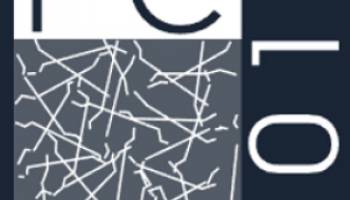The characteristic values of the material parameters used for structural design are usually determined from the mean and standard deviation of the material test results, and the design values are calculated from the characteristic values using the appropriate safety factor. However, if the standard deviation of the test data is high, the characteristic value is expected to be significantly lower than the mean value. In the case of fiber-reinforced concrete (FRC), the coefficient of variation is usually high, which can be attributed to the relatively small size of the specimen and the random location of the fibers. To overcome this limitation, this paper proposes a method that takes into account the number and location of the fibers when estimating the postcrack performance for a cracked cross section in a three-point notched bending beam tests. Test results of steel- and macrosynthetic FRC were evaluated using both the RILEM recommendations and the proposed method and are finally compared. Although the proposed method is more complex and the evaluation requires more effort than the existing method, it provides more repeatable material parameters, which exhibited a higher characteristic result.

Publications
ASTM Journal of Testing and Evaluation
DOI:10.1520/JTE20190782
DOI:10.1520/JTE20190782
Related articles


